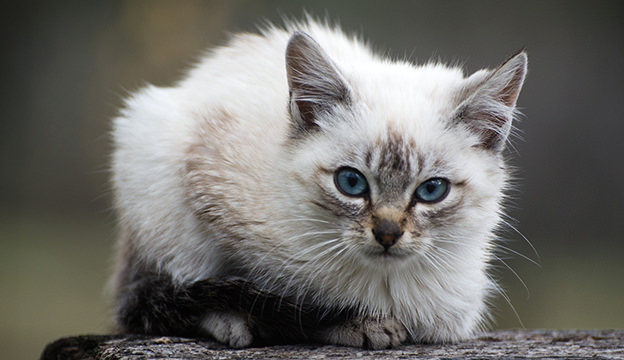 To protect the structure of your barn, be sure to clear snow accumulation off the roof between big snow storms. |
It’s looking as if March will be coming in like a lion this year. If the winter of 2010 hasn’t been bad enough, with blizzards and frost hitting farms north to south, the Northeast is being hit with what forecasters say will be a storm to remember.
The Vermont Agency of Agriculture urges farmers to take precautions during major snow storms such as this one to avoid the collapse of their barn roofs.
It’s important to understand how much weight your barn roof can withstand and what to do to keep your livestock safe. Many agricultural buildings are designed for “total” roof load of 50 pounds per square foot. This includes the dead weight of the framing, trusses, rafters and ceiling. Add this to a few feet of snow, and the weight on the structure begins to exceed its carrying capacity.
Another important thing to consider in snow loads is that a barn roof may be able to hold a heavy load for some time, but it may not be able to hold the increased snow load for the rest of the winter or through another snow storm that produces significant accumulation. A barn roof can lose its structural integrity after about 30 days if it’s not cleared of snow. The threat of heavy snows and blizzard conditions makes it imperative to remove the snow from the building as soon as possible.
“Removing snow from the roof of farm structures as it accumulates is the best way to avoid a collapse and potential damage or injury to you and your livestock,” advises Diane Bothfeld, deputy secretary for the Vermont Agency of Agriculture.
When clearing snow from a barn roof, work to ensure an even unloading from both sides at a time. Always work in pairs, and use a safety line when clearing steep pitched roofs. Try to plan an escape route before you begin, and keep safety the first priority.
The center of the rafters and the center of the barn are the weak points. The agriculture agency advises to keep some 4-by-4 or 6-by-6 poles on hand to place under every fourth rafter, or along the center of the roof line. This will provide additional strength to the barn roof.
If you are unsure about the structural integrity of your barn, you may want to consult a professional engineer to assess the condition of the building. Even barns that survived the last storm may have hidden structural damage that might not be apparent until the next snowfall. A registered, professional engineer can provide a structural review of your building and assist with a summary of improvements, if necessary.















